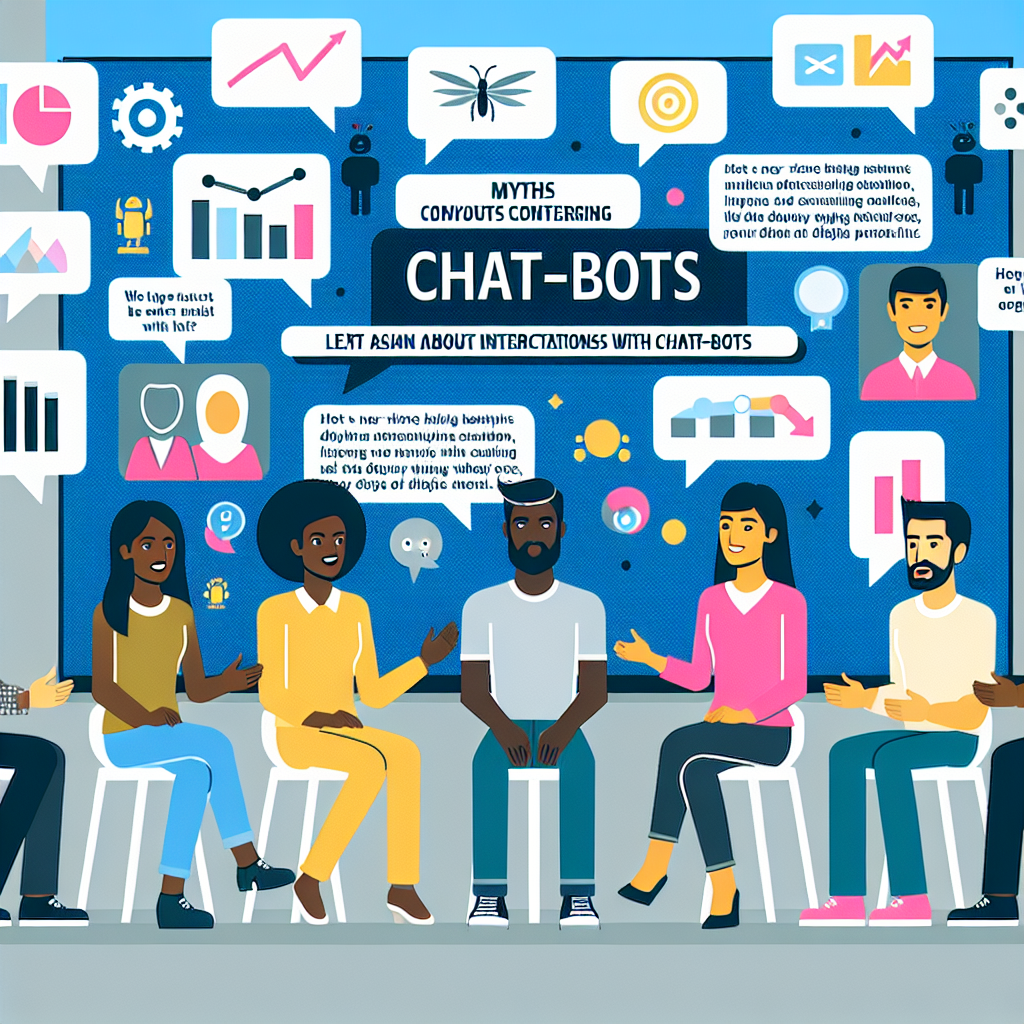
In todays fast-paced digital world, a Chatbot for the website is no longer just a luxury but a necessity. Imagine a customer visiting your site at 3 AM, searching for answers. With a chatbot, that customer can receive immediate responses, improving their experience and keeping them engaged. Studies show that businesses utilizing chatbots have experienced up to a 30% increase in customer satisfaction! ⭐
A bot on your website acts like a virtual assistant, ready to help visitors 24/7. Whether it’s answering common questions, guiding users through the purchase process, or even scheduling appointments, chatbots handle these tasks with ease. For example, take Sarah, who runs an online clothing store. After integrating a chatbot, her customers can now inquire about shipping times or return policies without waiting hours for a human response. This not only frees up Sarahs time but also ensures her customers feel valued and informed.
When considering a chatbot, it’s essential to understand the different types of chatbots available:
Consider John, the owner of a tech support website. After integrating a hybrid chatbot, his customers can get immediate troubleshooting help for common issues but can quickly be referred to a live expert if their problem is more complicated. This keeps the workflow efficient and ensures that customers receive the right level of assistance when needed!
So, how do you connect a chatbot to your website? Its easier than you think! With the right tools and expertise:
As you can see, the process is straightforward! Think of it like setting up an online store—once it’s up and running, you can enjoy the benefits of increased sales and customer engagement.
Let’s look at some success stories from our clients. One of our corporate clients faced challenges with frequent customer queries that were hampering their sales. After deploying a chatbot, they reported a 40% reduction in response times and increased sales conversions by 25%! All thanks to the chatbot that handled customer inquiries at all hours. ⭐
Another small business owner shared how integrating a chatbot helped reduce his customer service costs by up to 50%. After only one month, he noticed a consistent uptick in repeat customers, who appreciated the instant support they received. This led to more loyal customers and a stronger bottom line.
Don’t fall behind! With over 20 years of experience in the IT world, our team at webmaster.md can help you harness the power of chatbots to revolutionize your customer engagement strategy. Ready to take the next step? Call us at +373 601 066 66 and let’s create an engaging experience tailored for your business!
| Service | Price (EUR) |
| Chatbot Integration | 450 |
| Website Support - Medium Package (25 hours) | 450 |
| SEO Promotion - 10 Keywords | 349 |
| SMM Promotion - BEGIN Package | 649 |
| Email Newsletter - Premium | 789 |
| FB|INSTAGRAM Ads - Initial Setup | 200 |
| YouTube Advertising - Initial Setup | 200 |
| iOS Mobile Application Development | 7500 |
| Online Store Development on a Wordpress Template | 1500 |
| Landing Page Development with Custom Code | 1200 |
Are you ready to see how a chatbot can enhance your website’s customer engagement? Don’t hesitate—contact our customer relations manager, Arsenii, today! We guarantee results, and we’re excited to work with you on this journey.

Have you ever chatted with a friendly robot while browsing a website? That’s what we call a bot on a website, and its transforming the way businesses engage with their customers. Let’s dive deeper into what these bots are and how they work, all while keeping it simple and relatable. ⭐
At its core, a chatbot is a software application designed to simulate human conversations through text or voice interactions. They can be found on websites, social media platforms, and mobile apps. Think of it as your virtual assistant who tirelessly answers questions, provides recommendations, or guides users through processes—day or night!
So, how does this nifty technology work? There are generally two primary types of chatbots: rule-based and AI-driven.
To understand how chatbots are designed, lets unpack the technology that powers these tools:
Let’s look at how these technologies are utilized in real life. A popular online retailer saw a significant increase in sales after implementing an AI-driven chatbot on their website. This bot could provide personalized recommendations based on user behavior, leading to a remarkable 20% increase in average order value. ⭐
Another example involves a financial services company that developed a rule-based chatbot for answering frequently asked questions. By doing so, they reduced customer service response times by 50%, allowing their human agents to focus on more complex inquiries. ⭐
The future looks bright for chatbots. With advancements in AI and machine learning, we can expect chatbots to deliver even more personalized interactions and enhanced user experiences. Imagine a world where your chatbot knows your preferences and can recommend tailored solutions before you even ask! ⭐
As you explore the potential of chatbots for your website, remember that at webmaster.md, we specialize in helping businesses like yours implement cutting-edge chatbot solutions. With our 20 years of experience, our team of dedicated professionals is ready to revolutionize how you connect with your customers. Ready to take the plunge? Don’t hesitate to reach out at +373 601 066 66.
By understanding what a bot on a website is and the technology behind it, you’ll be well-equipped to leverage this powerful tool for your business. For a reliable chatbot integration, reach out to us today!

In todays digital landscape, multiple different types of chatbots cater to various business needs. From enhancing customer service to streamlining sales, the right chatbot can significantly improve user experience. Let’s explore the different types of chatbots available and help you find the best fit for your business! ⭐
Starting with the most basic option, rule-based chatbots operate on a straightforward decision tree system. They perform actions based on pre-defined rules and keywords. For example, if a customer asks about store hours, a rule-based chatbot can provide an exact response.
If you’re looking for a more advanced solution, AI-powered chatbots are your best bet. These intelligent bots use Natural Language Processing (NLP) and machine learning to understand and learn from user interactions. They can handle complex inquiries and provide personalized responses based on user behavior.
Hybrid chatbots combine the best of both worlds—rule-based and AI-powered capabilities. They can answer straightforward questions using predefined rules and escalate more complex inquiries to human operators as necessary.
With the rise of social media platforms, chatbots have effectively taken up residence in these spaces. Social media chatbots, found on platforms like Facebook Messenger and WhatsApp, allow customers to interact with businesses through direct messaging.
For online retailers, e-commerce chatbots can recommend products, assist in placing orders, and handle customer support. By analyzing user behavior, these bots can suggest items, helping customers find what they need quickly.
Voice-activated chatbots are designed to respond to voice commands and questions, making them perfect for hands-free interaction. These are commonly seen in smart devices and virtual assistants like Amazon Alexa and Google Assistant.
Now that you’ve seen the different types of chatbots available, the next step is choosing the right one for your business. >Consider your needs:
Lets consider the case of a local coffee shop that implemented a rule-based chatbot to take orders online. Initially skeptical, they soon found that their service speed increased by 30%, allowing baristas more time to focus on crafting exceptional beverages. The shop saw a rise in customer satisfaction scores, and regulars appreciated the new convenience! ☕️
In another example, a large retail chain integrated an AI-powered chatbot into their website. Customers began to receive personalized product recommendations based on their browsing history, resulting in a 25% uplift in sales during the first quarter after implementation. This showcases the immense potential of leveraging AI-driven chatbots! ⭐
Whether you run a small business or a global enterprise, the world of chatbots offers incredible opportunities to enhance customer engagement and streamline operations. Ready to explore the perfect chatbot solution for your organization? At webmaster.md, our team of experts can guide you through the entire process, ensuring you find the right fit. Give us a call today at +373 601 066 66!
Armed with this knowledge, you’re now ready to choose the right type of chatbot for your business! For personalized guidance, reach out to our dedicated team at webmaster.md!

Integrating a chatbot into your website can seem daunting, but it’s easier than you might think! A well-implemented chatbot can enhance user experience, provide instant support, and boost your business’s engagement rates. In this guide, we’ll walk you through the essential steps to connect a chatbot to your website so that users can enjoy a seamless interaction. ⭐
Before diving into integration, the first step is to select the right chatbot platform that meets your business needs. There are various platforms available, each offering different features:
Identify your specific requirements—do you need a simple bot for FAQs, or a more complex AI solution capable of understanding context and learning over time? Selecting the right platform is crucial to ensure your chatbot delivers effective service to your users.
After choosing a platform, sign up for an account, then follow the platform’s setup instructions to create your chatbot.
Once your chatbot is ready, the next step is generating the code snippet that youll need to insert into your website. Most platforms provide an easy way to access this code:
Now, let’s get that code running on your website. Depending on the platform you’re using, follow these steps:
With the code in place, it’s time for some hands-on testing! Open your website and engage with the chatbot:
It’s important to iron out any kinks before going live. Testing ensures that users will have a hassle-free experience when they interact with your chatbot. ⭐
Once your chatbot is live, the journey doesn’t end! It’s essential to monitor its performance and refine it for better outcomes:
For instance, a local bakery implemented a chatbot on their website to handle orders and inquiries. By following these steps and refining their chatbot over time, they experienced a 50% increase in online orders! Customers loved the ease of ordering directly through the chat interface without having to call or email. ⭐
Similarly, an online clothing store added an AI-powered chatbot to assist customers in finding their preferred styles. This not only reduced the workload on their customer service team but also led to a 30% rise in sales due to personalized assistance! ⭐
Your customers crave prompt assistance—make sure you meet that need by connecting a chatbot to your website today. At webmaster.md, we’re here to help you navigate every step of this journey. Ready to enhance user experience with your very own chatbot? Call us at +373 601 066 66 to get started!
Now that you’re equipped with the knowledge to connect a chatbot to your website, it’s time to take action! Reach out to our team at webmaster.md for any assistance you might need along the way!
Leaders in the IT market |
| 14+ years of experience and innovative solutions to help your business stand out and grow. |
Inspiring portfolio |
| 150+ successful projects: from sleek landing pages to complex corporate systems. |
Team of experts |
| 51+ professionals who bring your ideas to life with maximum efficiency. |

| NOTORIUM TRADEMARK AWARDS |
| Notorium Trophy 2017, Notorium Gold Medal 2018, Notorium Gold Medal 2019 |

| TRADE MARK OF THE YEAR |
| Gold Medal 2016, Gold Medal 2017, Gold Medal 2018, Gold Medal 2019 |

| THE BEST EMPLOYER OF THE YEAR |
| According to the annual Survey conducted by AXA Management Consulting - 2017, 2018, 2019 |